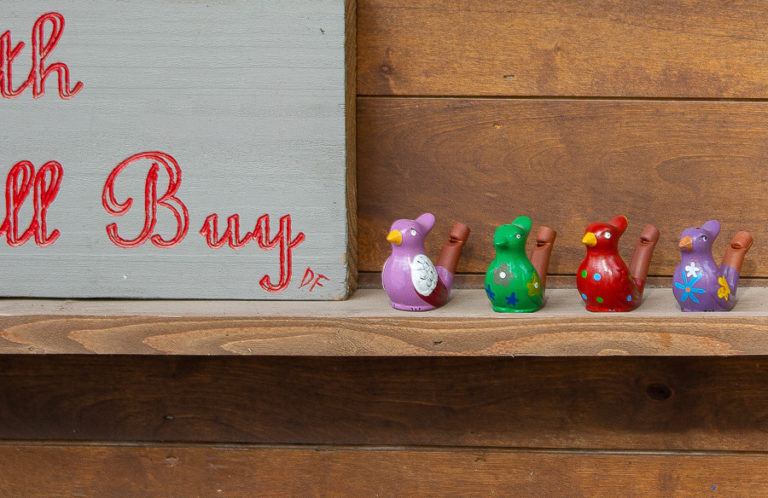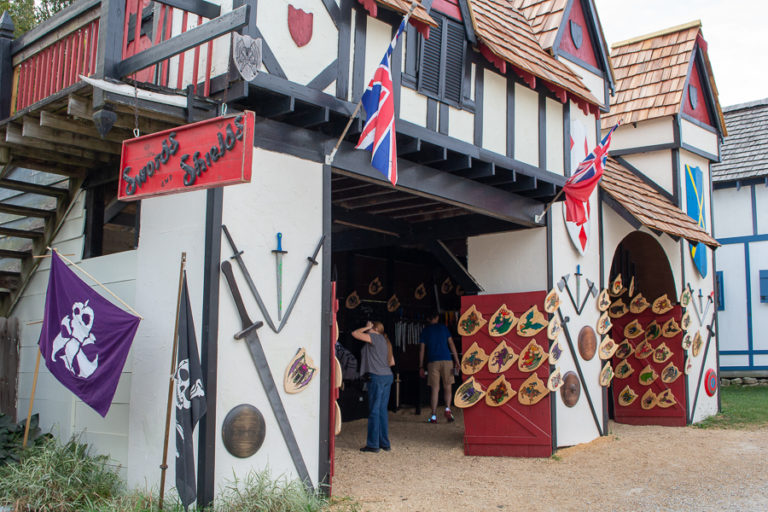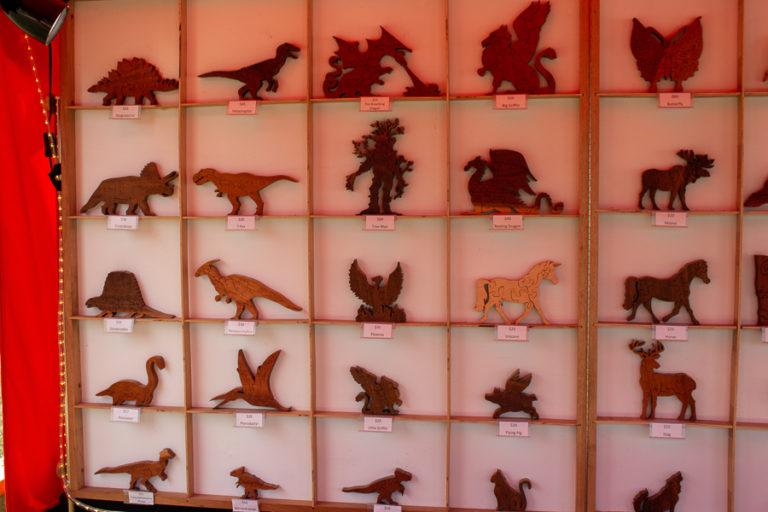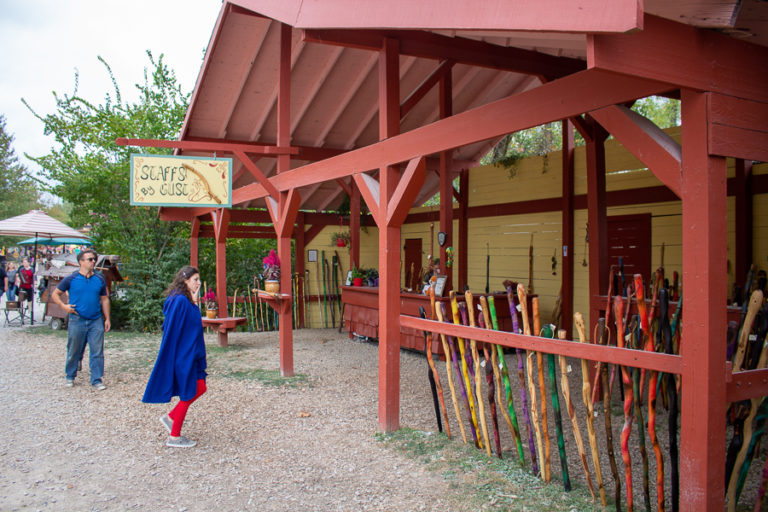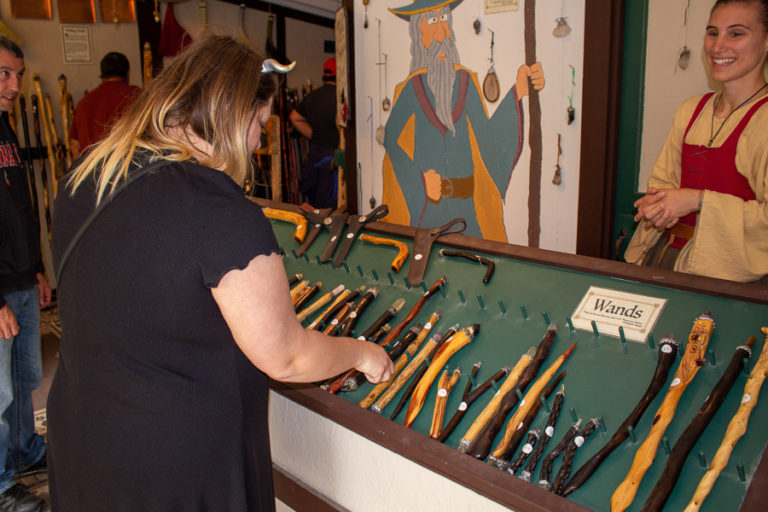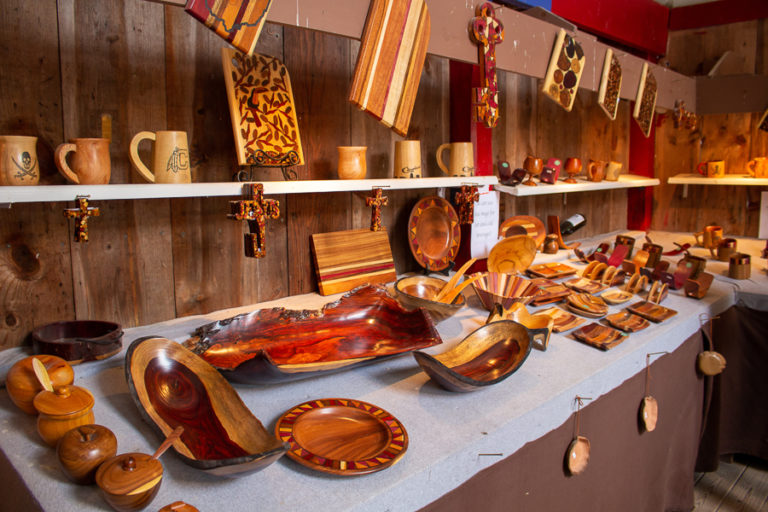In an era of plastic and cardboard, the simple yet labor-intensive charm of woodwork is often overlooked. It’s even hard to find anything that has been made by a true craftsman anymore unless you have the finances and time available to commission it yourself. Much of the old woodworking is considered antique. In Ohio, there are noted Amish communities such as Holmes County where you can find beautiful furniture that has been lovingly made from hand. But in one’s day to day life you may be hard-pressed to come upon a real piece of old-world craftsmanship outside of the rare find at a traders market.
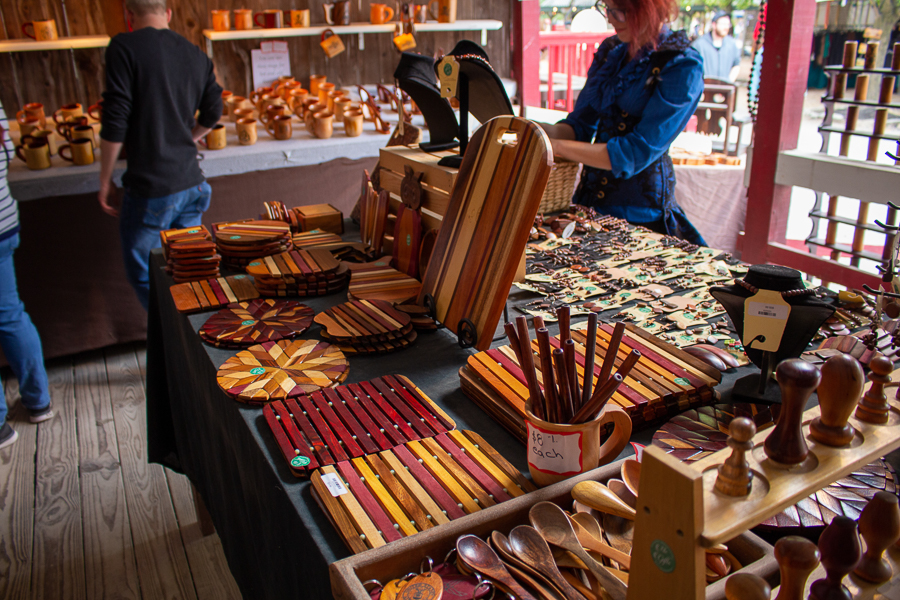
Wood carries a life all its own. One which maintains a connection throughout history when it was one of the only resources freely available to everyone. From crafting homes to whittling toys, furniture making to shipbuilding, a talented woodworker was in high demand and infinitely useful to the common man and the royalty alike. By the 1400s, carpentry had become an organized trade and a challenging one at that. Workshops were formed throughout England, many being only a single worker within a village, while others would take on apprentices to train. In a city workshop, it was rare for one person to take a piece from start to finish. Instead, the labor would be divided up, with each person taking on a different aspect of production from sanding to staining. A woodworker had to be clever, detail-oriented, and knowledgeable to make a true living at this craft.
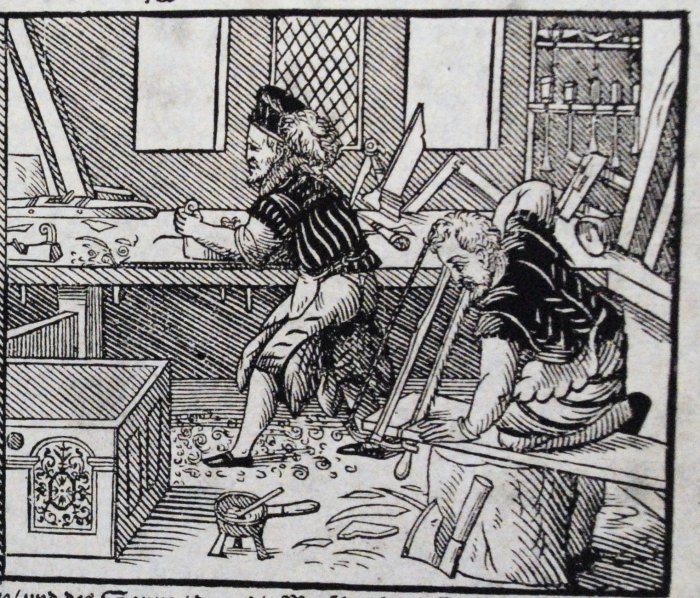
To begin with, the crafters worked with woods that were native to their region. In England, this would have included trees like oak, hazel, birch, and pine. England often imported walnut or oak for high-quality furniture. This was costly, but the higher quality of timber was considered to be worth the effort. It often had to be seasoned to reduce the moisture content and avoid damage to the wood’s integrity.

If you look at a modern-day woodworker’s bench, you’ll find the assortment of tools hasn’t changed much since the Tudor Era, especially if they are a craftsman who loves working with their hands. Some of them are still reliable mainstays of traditional handcrafting for woodworking and carpentry such as; augurs, awls, molding planes, and boring tools. Even with the wide range of woodworking applications, these tools haven’t altered much with the exception of one or two special pieces. It’s more about how the individual chooses to use them. The Ohio Renaissance Festival features different styles of woodworking around the fairegrounds. It’s fascinating to see a demonstration on creating an artisan bow or a perfectly smooth puzzle toy.

Each year at the festival we see dozens of little kids happily running around with their wooden swords and shields. For that moment they are knight, warriors, and champions of their imagination. The tradition of wooden toys goes back as far as recorded history and it delights me to imagine the doting parent sitting, painstakingly carving a wooden bear for their child. This part of human history shines at ORF with all the beautiful creations offered for children and adults alike. I bought a wooden dachshund puzzle that my mother-in-law adores and keeps right next to the photos of her three very much flesh and blood wiener dogs! You can find all sorts of fascinating pieces like flying dragons, jewelry boxes, wooden mugs, and even entire dish sets to stun at your next dinner!
Woodworkers from around faire
Woodworkers from the Ohio Renaissance Festival
- Bowskin Archery
- Seige the Day
- Spins and Whistles
- Swords and Shields
- The Ramp Hatchery
- Staffs by Gust
- Johnsons’ Wood of the Morning
- New World Mugs
- Wizard Wyrks Wands
- The Viking Hoard
- Wooden Dragon Toy Shoppe
- Stickbow Archery
- Burnt Mountain Crafts
- Royal Armory
- Swendsen Woodshoppe
- Dragon Ocarina’s
- Danny Boy Pipes
Sources
What the Elizabethans can Teach us archive – woodworkersinstitute.com
Toys and Playthings – larsdatter.com
Trees and shrubs: native to Britain – rhs.org.uk
England’s forests: a brief history of trees – theguardian.com

